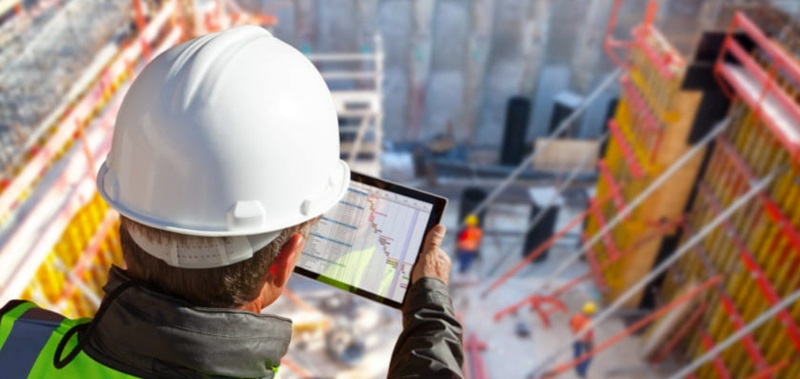|
Having a Strategic Plan is business as usual for most organisation’s. A lot of them are developed and written during a workshop session, sometimes with an external facilitator, a white board, sticky notes, and a box of multi coloured crayons. A strategic plan sounds like a very important plan, but if we delve into a thesaurus, we find a strategy is just another word for a plan. A strategic plan is just a planny sort of plan. If we think of it like that, it might lose some of its shine, but it becomes more accessible and useful.
In essence all Strategic Plans say the same thing. Do Better! Whatever it is that the organisation does, a strategic plan maps out how an organisation can improve the way in which it operates.
Better can have many definitions.
- It can be more efficient.
- It can be less downtime or rework.
- It can be greater customer satisfaction, increased market share, greater worker participation or any number of metrics that are measured.
A Strategic Plan can also include better health and safety, but if you read my last two articles on ‘HECA’ and the ‘State of a Thriving Nation Report’ you will know that health and safety metrics are far from perfect, and that more health and safety does not equate to better health and safety.
The point that I want to make this time is that ‘Better Work makes Safer Work’ without having to consider health and safety at all. This has become very apparent as the BIMSafe NZ Project progresses to documenting case studies of organisation’s utilizing BIM in their construction projects. The drivers of BIM use are not health and safety, but many of the benefits have huge health and safety implications.
The BIMSafe NZ project has interviewed many people using BIM, and a common theme has emerged. These people are using BIM to improve project design, improve project planning, improve project communication, improve project monitoring, improve project programming, improve project co-ordination between sub trades, and improve information given to the Facilities Manager. A common statement is, “Yes we are using BIM, but not for Health and Safety”.
The reality is that all these improvements directly correlate to safer work and less opportunity for accidents and injuries.
- Better design means greater opportunity for collaboration on clash detection and HSD.
- Better project planning means less vehicle movements, more prefabrication.
- Better project programming means that complex sequences of work can be visualized and improved in a model before construction starts.
- Better project monitoring means that the as built matches the as planned, and sub trades know exactly the state of the site they are coming to.
- Better coordination means that subtrades are not fighting with each other for space and access.
- Better information to FM means that maintenance can be carried out easier and safer.
All these improvements mean less work on site, less high-risk work on site, less re-work, less frustration, and a smoother build process.
Two recent examples stand out. On the ACC project in Dunedin, a 1200-line sequence of the steel erection, precast panel, rib floor, and façade installation, was reduced to a 5-minute animation of the process. This enabled a thorough visual critique of the programme, and resulted in improvements to worker access, edge protection, pedestrian safety, as well as solving sequencing issues before construction commenced.
The second example was a 65-year-old fabricator of services ducting. He no longer wanted to work on site, as he struggled with confined spaces, trip hazards, overhead work, and carrying tools and ducting around obstacles. Normally he would be required to fabricate on site and create elbows and junctions in situ. A BIM model of the project has enabled him to do all his work in a controlled environment on a bench in the factory, with the knowledge that if he makes it to plan will fit perfectly. His valuable skills are not lost, and he can continue his productive life in a very safe way.
I am reminded of a quote from a movie. “The greatest trick the devil ever pulled was convincing the world he did not exist”. Maybe the greatest way to improve health and safety is to not think about it at all.
Paul Duggan, General Manager
|














